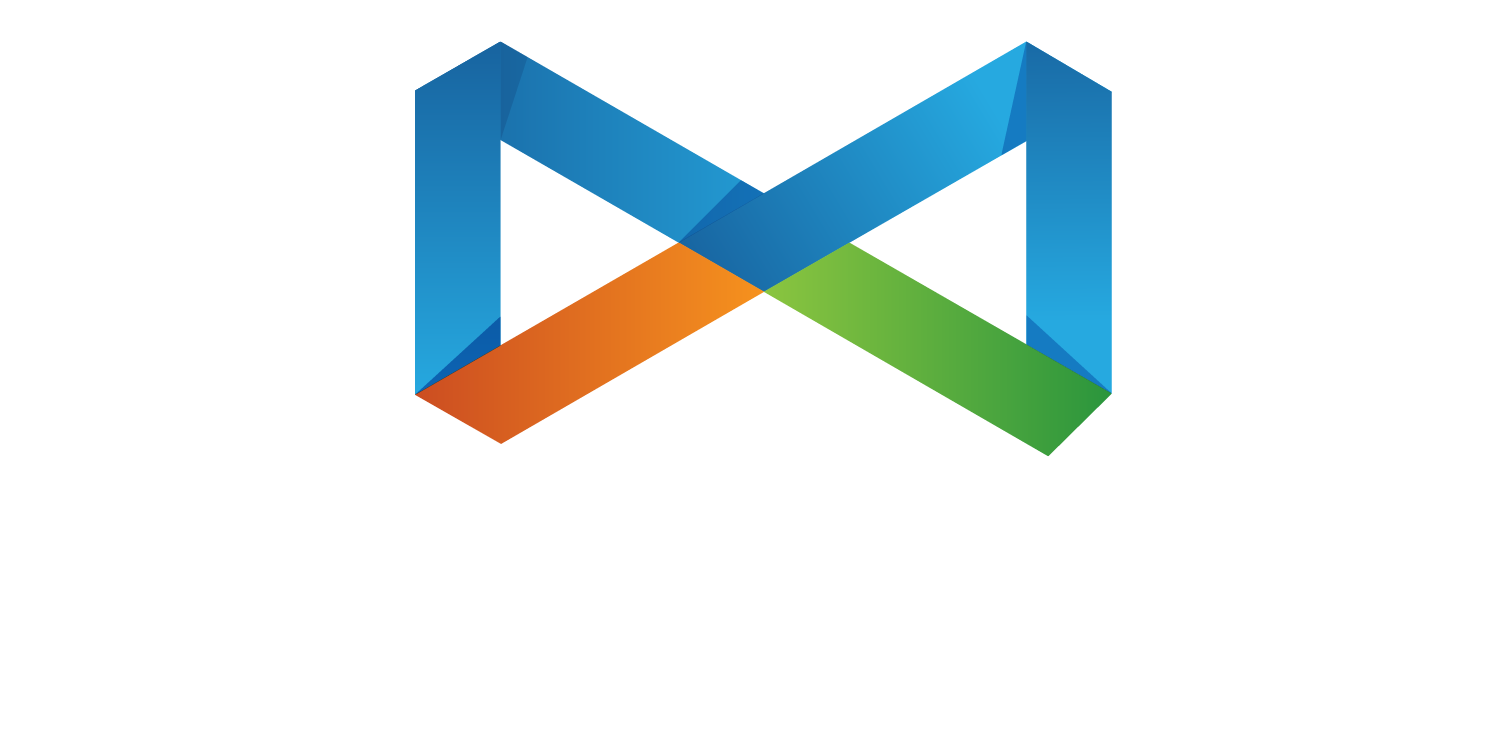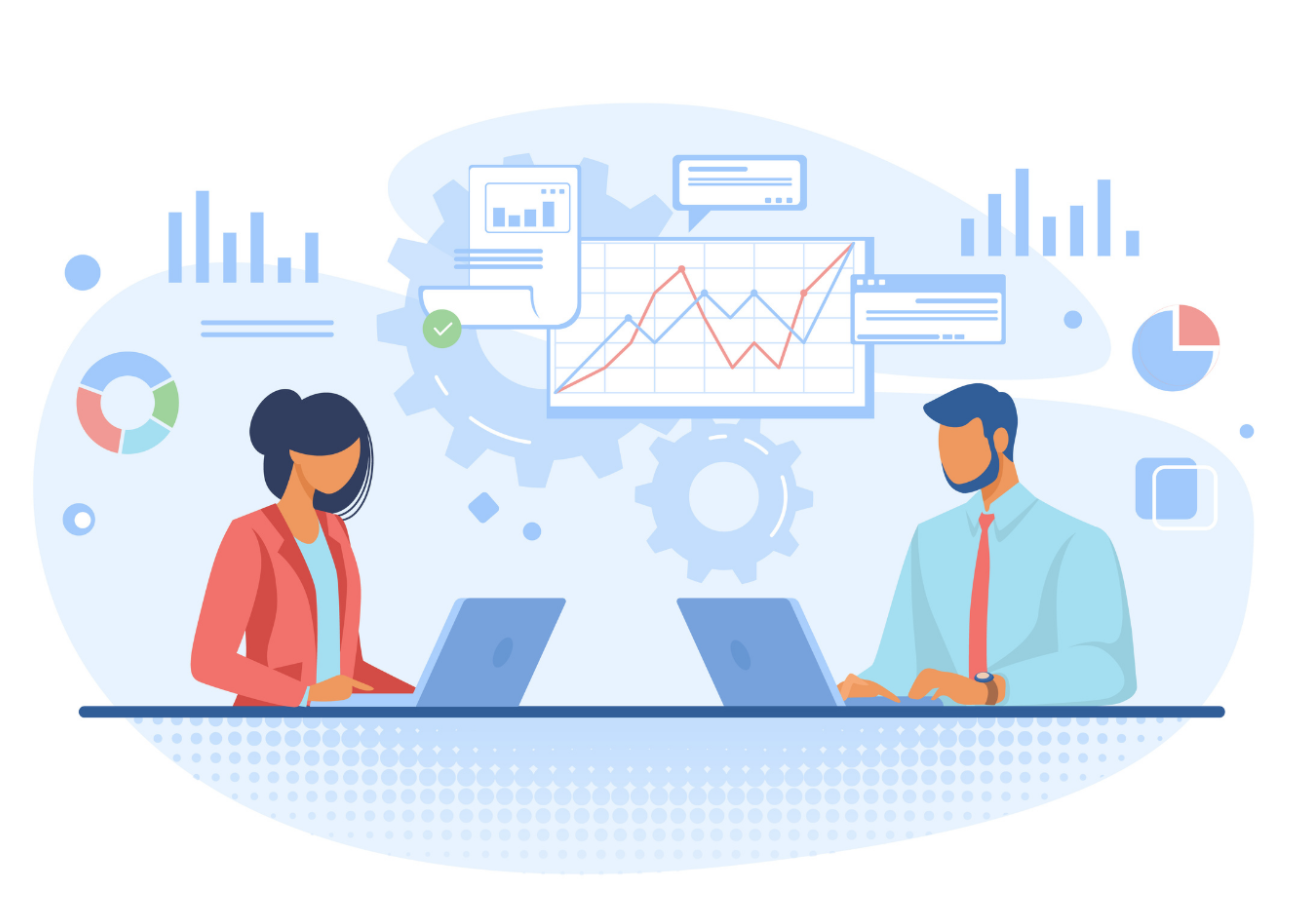Did you know that 40% of the marketing and sales teams believe that artificial intelligence(AI) and machine learning(ML) will contribute significantly to their department’s success? Does this mean AI digital transformation will revolutionize the marketing world?
Artificial intelligence has already made its way in every major industry, ranging from automobiles to technology. It is already dominating the customer service segment through chatbots. But how is it affecting the digital marketing services world? Will AI transform online marketing as we see it today?
Today, a significant portion of digital marketing revolves around data. Whether it is social media marketing or inbound lead generation, better data insights imply better sales. Artificial Intelligence and Machine Learning help to make sense of this data.
Artificial Intelligence and Machine Learning support the creation of micro-moments in digital marketing that enable personalizing the customer experience and understanding market requirements in real-time.
Customer analysis is a massive factor in personalizing experience. Netflix and Amazon heavily utilize AI to understand preferences and provide relevant suggestions to customers. AI-based tools enable a comprehensive study of the audience and help in determining what type of content to create.
Digital marketers are working hard to reap the potential of AI. They are trying to leverage AI for campaign management, budget, strategy execution, and ROI estimation. These are significant factors in determining the success of any activity. By delegating these activities to AI systems, marketers can find more time for productive decision-making and creating a better digital marketing strategy.
The influence of Artificial Intelligence in Digital Marketing
IBM’s Watson is one marketing automation tool that has helped marketers work at a centralized platform with all their customer data.
While automation and AI are two different aspects of technology, they can work wonders for marketers when combined together.
Online digital marketers are still studying the influence of AI on digital marketing, but its role in digital success is growing with each day.
Let’s have a look at some aspects of digital marketing where AI and ML are playing a massive role to augment enterprise profitability and growth.
Data Collection and Analysis
AI helps digital marketers to collect audience data and create campaigns that target specific touchpoints. AI systems, with the help of Big Data and CRM, bring this data to a centralized platform and present patterns that have worked previously for the target audience.
Website Creation
A prime example of AI-based website creation is the Wix’s ADI. Digital marketers often need a dedicated website or landing page for specific campaigns. The Wix ADI creates a fully-functional website based on a few questions. It learns the requirements and works with a template that suitably matches it.
Strategic Advertising
Planning the advertising budget is a principal challenge for digital marketers. AI predicts customer behavior based on the data collected. The insights from this data are then used to create better ads that match the user’s preference. Combined with A/B testing and market research, marketers can almost accurately determine their online ads budget with the best ROI option.
Accurate Evaluation
With the help of AI-based tools, digital marketers can now eliminate the guesswork from their campaign analysis. While earlier, they had to create the next strategy based on the closest pattern - now, AI can provide accurate insights into the performance of a campaign.
Today, there are more customer touchpoints to target than ever. On average, it takes targeting 5 to 7 touch points before a customer is converted. AI and ML enable making data-based decisions to actively target these touchpoints and prepare a strategy that influences the customer at every stage of their journey.
How To Use Artificial Intelligence in Digital Marketing
There are a myriad of AI and ML use cases in digital marketing. Most of them are directed towards improving the customer experience, predicting the target audience’s behavior, and generating real-time insights. It is helping businesses succeed in the digital world in areas where human personnel is not particularly efficient.
Marketers working in $500M to $1B companies are the dominant adopters of AI, particularly conversational AI systems for customer service.
However, AI and ML systems can only work in digital marketing when combined with human efforts and creative ideas.
Here are a few ways in which digital marketers can leverage these technologies to generate maximum revenue for enterprises:-
Content Creation
When it comes to inbound lead generation, content is still the king. However, producing more content doesn’t work anymore. Google’s algorithm and the customer’s mind - both are hungry for relevant content that makes sense to their requirements.
With AI-based tools, content marketers can easily identify their best performing content. They can get insights on what is working for their customers and create more content around that. There are AI and ML tools that help to plan content and suggest which channels work best for different audiences. Companies are also using AI to generate content for specific touchpoints in their customer journey. (Tool: Concured)
Grammar is an important aspect that determines the quality of your content. AI tools like Grammarly help to frame content with proper grammar and eliminate any spelling errors. It also helps in proper sentence framing to help eliminate the “sales-y-ness” from the content.
Customer Behaviour Prediction
Today, digital marketers know that targeting everyone in your niche is a waste of resources, time, and effort. But how do they tackle this problem? AI systems enable them to identify prospects that are most likely to respond to their offer.
AdWords professionals require better analysis to identify prospects that can be converted from expensive advertising on Google. By determining the campaign objectives and analyzing previous data, AI can provide an effective strategy for AdWords.
AI and ML models used to identify customer behavior help in identifying patterns and creating digital marketing strategies according to them. These models are based on the goals you want to achieve from your marketing activity, including website traffic, specific action, or generating leads. Through predicting customer behavior, AI enables digital marketers to use fewer resources and target the right prospects at the right place and at the right time.
Customer Experience Enhancement
Customer trust is solely based on the experience they get from a brand. AI and ML can help personalize the content for users based on their history, location, and preferences. It leads to the impression that the brand is taking care of their specific needs and enhances their experience.
Retailers like Amazon, Warby Parker, and several others allow customers to take a free “try-on” of a product. It is a result of combining AR and VR with AI. The result is an increase in sales and customer loyalty as they can now understand whether they want to purchase a product or not.
Ask any digital marketing agency and they will say that improving the customer’s online experience is their first priority. A significant driver in this could be voice-enabled AI searches to give the user a better experience of a brand’s website. It will amplify the user’s visit on the website and provide an augmented version of the brand using voice-based algorithms.
Online Advertising
Digital Marketing AI will certainly benefit marketers to target audiences better with online advertising. Platforms like Instagram and Facebook have already incorporated AI and ML to understand the audience that any brand is going to advertise to.
Artificial intelligence tools help to augment online advertising by showing marketers what’s important to their target audience. They help to develop a comprehensive understanding of how ads need to be created and what people they should target for maximum conversion.
Advertising online isn’t for everyone these days. But combined with the right AI tools, it can increase the ROI twofold. How? By helping marketers plan an advertising budget based on proper analysis of their customer’s data and developing campaigns specific to their target audience’s requirements. With AI, rapid decision-making during a campaign is possible to avoid underutilization of money spent on ads.
Real-time Tracking and Insights
Measuring digital marketing efforts is crucial to understanding what worked and what went wrong. This is important because customer acquisition costs are much higher than customer retention costs. Tracking each campaign using AI will provide better insights into which customer segment marketers should target.
Through AI and ML, digital marketers can track their audience’s behavior and communicate better with them. They can analyze customer conversations in real-time and identify why people are talking about them (There are tools to track customer conversations on Twitter, Facebook, etc.). This helps to target customers better using the activities that work for each audience.
AI tools also provide insights by comparing past customers and new customers. This data is invaluable as marketers can learn how they can retain new customers. It also equips them with the capability to target their past customers better and improve their experience. AI provides relevant information on what each customer wants and how they should be targeted.
The AI Digital Marketing Transformation is Here
Whether marketers believe it or stay skeptical, the future of AI in digital marketing is brighter than ever. As RPA continues to work its miracles, combined with AI and ML, digital marketers will drive quickly towards intelligent marketing.
We are looking at a digital marketing world where marketers will be monitoring the activities executed by AI digital marketing tools and come up with better and creative ideas to serve their customers.
Artificial Intelligence will not only save money and time but most importantly, assist humans to target customers in an intelligent manner. Using data and analytics, AI will revolutionize how digital campaigns are executed and measured.
Many marketers, however, also hope that AI will integrate sales and marketing for creating a centralized environment where customers experience intelligence marketing from the stage of prospecting to after-sale services.




















